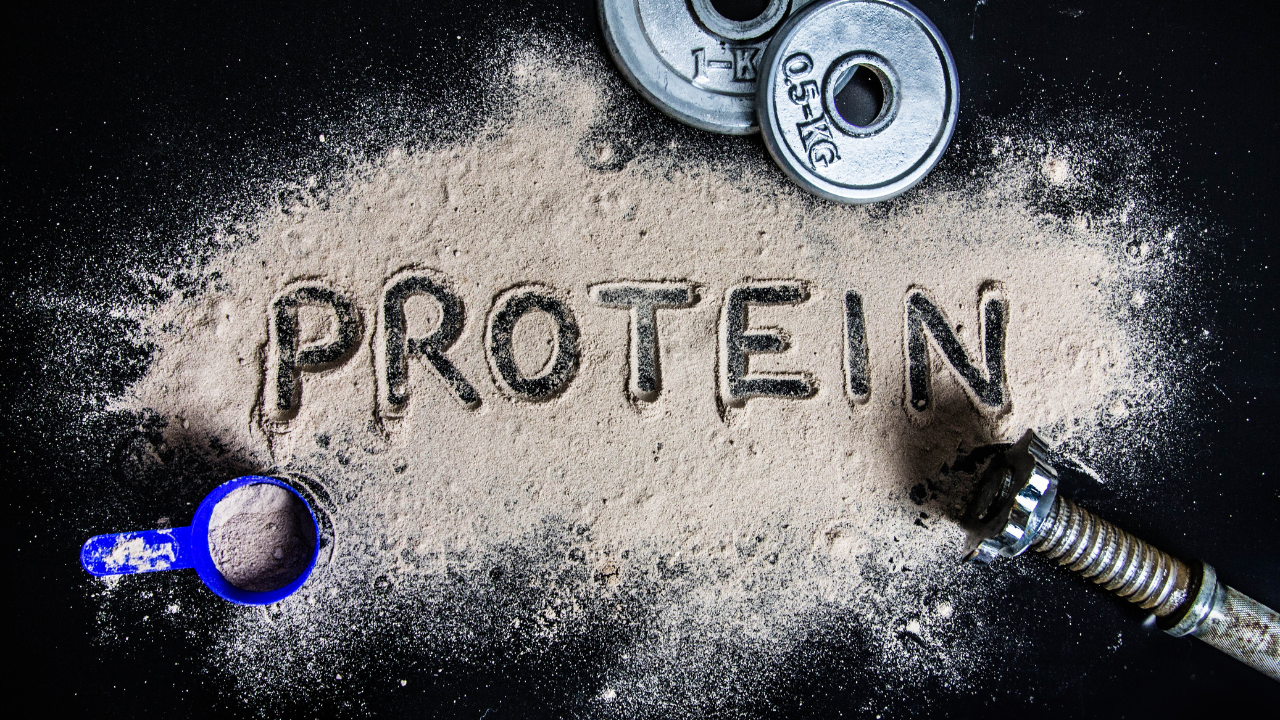Research Highlights:
Main Point 1: The Versatility of Whey Protein
Main Point 2: Third-Generation Whey Protein Extraction
Main Point 3: Whey Protein's Impact on Immunity and Cancer Prevention
Main Point 4: Whey Protein and Athletic Performance Enhancement
Scientifically Reviewed by: Dr. Gary Gonzalez, MD, in August 2023.
Introduction
Whey protein, once considered a mere byproduct of dairy production, has transformed into a powerhouse of health and fitness. This article explores the multifaceted advantages of whey protein, delving into its ability to boost immunity, prevent cancer, enhance athletic performance, and contribute to overall well-being. In an era where health-conscious individuals and athletes seek optimal nutrition, whey protein emerges as a valuable ally.
What You Need to Know
Point 1: Whey Protein Versatility Whey protein has gained recognition as one of the most comprehensive forms of protein available. Unlike other protein sources, it offers a wide array of health benefits, including immune system enhancement, muscle building, and cognitive support.
Point 2: Third-Generation Whey Protein Extraction The manufacturing and processing of whey protein have evolved significantly. Third-generation whey protein supplements, such as Enhanced Life Extension Protein, employ advanced technologies like cross flow microfiltration (CFM) to retain the protein's natural state and biological activity. These innovations ensure higher protein content, minimal fats, and lactose.
Point 3: Whey Protein's Impact on Immunity and Cancer Prevention Whey protein has been shown to dramatically increase glutathione levels, a vital water-soluble antioxidant that plays a key role in protecting cells and neutralizing toxins. Moreover, research indicates its potential in inhibiting the growth of cancer cells and enhancing the immune system's response to infections, offering promising prospects in cancer prevention.
Point 4: Whey Protein and Athletic Performance Enhancement Amino acids, particularly branched-chain amino acids found abundantly in whey protein, contribute to muscle growth and repair. Leucine, a key component, stimulates insulin secretion and plays a crucial role in muscle synthesis. Whey protein has become a staple for athletes seeking to optimize their physical performance and muscle development.
Section 1: Latest Advancements in Treatment The evolution of whey protein extraction techniques has led to the development of third-generation supplements. These products, such as Enhanced Life Extension Protein, are rich in whey isolates and retain essential sub-fractions. CFM technology ensures high protein content and minimal denaturation, making them ideal for health-conscious individuals.
Subsection 1.1: Whey Protein's Impact on Immunity Whey protein's ability to elevate glutathione levels contributes significantly to immune system enhancement. This article cites studies
demonstrating the immune-boosting properties of whey protein and its potential to fight infections effectively.
Subsection 1.2: Potential in Cancer Prevention Research suggests that whey protein may inhibit the growth of cancer cells, making it a compelling candidate for cancer prevention. Clinical studies have shown promising results in tumor regression and immune response improvement among cancer patients consuming whey protein.
Section 2: Athletic Performance and Muscle Growth Branched-chain amino acids, especially leucine, found in whey protein play a pivotal role in muscle growth and repair. This section explores how whey protein has become an indispensable supplement for athletes looking to enhance their physical performance and muscle development.
Section 3: Broader Implications and Future Research Whey protein's diverse sub-fractions, such as lactoferrin, offer a wide range of health benefits, including antioxidant properties and antimicrobial effects. Future research may uncover additional advantages of these sub-fractions, further solidifying whey protein's status as a health and fitness asset.
Summary
Whey protein, once overlooked, has emerged as a versatile and potent ally in health and fitness. From boosting immunity to preventing cancer, enhancing athletic performance, and offering a range of health benefits, whey protein's potential is vast. Third-generation extraction techniques ensure that products like Enhanced Life Extension Protein provide optimal nutrition for those seeking to improve their well-being.
References:
- Bounous G. and Gold P. Clin. Invest. Med. 1991.
- Rosanne K., Fidelus and Min Fu Tsan. Cellular Immunology, 1986.
- Bounous G., Baruchel S., Faiutz J., Gold P., Clin. Invest. Med. 1992.
- Baruchel S. and Vaiu G., Anti Cancer Research 1996.
- Kennedy R.S., Konok G.P., Bounous G., Baruchel S., Lee T.D., Anti Cancer Research 1995.
- McIntosh G.H., et al. Journal of Nutrition 1995.
- Renner E., 1983.
- C.M. Colker, D. Kalman, W.D. Brink, and L.G. Maharam. Med. Sci. in Sports in Exercise 1998.
- M.Kajikawa et al. Biochemica et Biophysica Acta 1994.
- Zhang X. and Beynen A.C. Brit. J. of Nutri. 1993.
- Takada Y., Aoe S., Kumegawa M., Biochemical Research Communications 1996. 12. Oram, J., Reiter, B. Biochem. Biophys. Acta, 1968.
- Bellamy W. et al., J. Appl. Bacteriol. 1992.
- Ellison, R.T., Infect. and Immun. 1988.
- Hagiwara, T., et al., Biosci. Biotech. Biochem. 1995.
- Petschow, B., et al., Pediat. Res. 1991.










